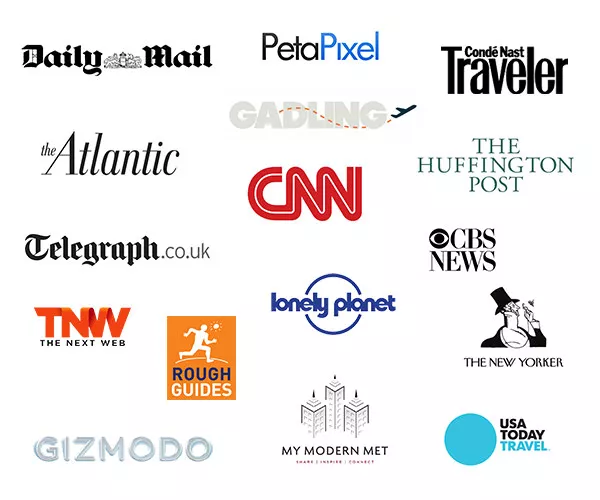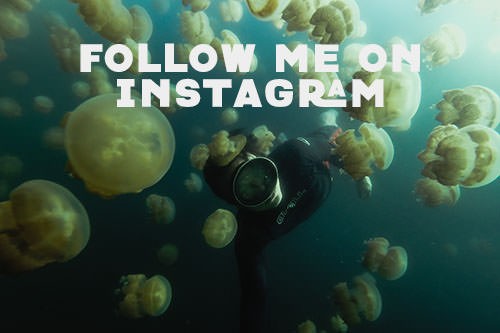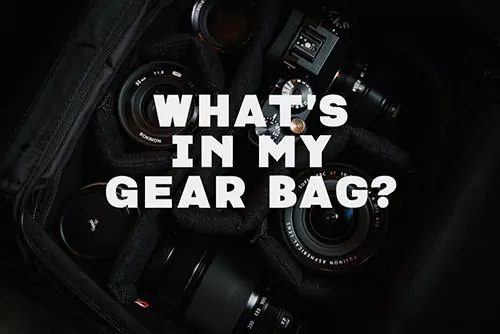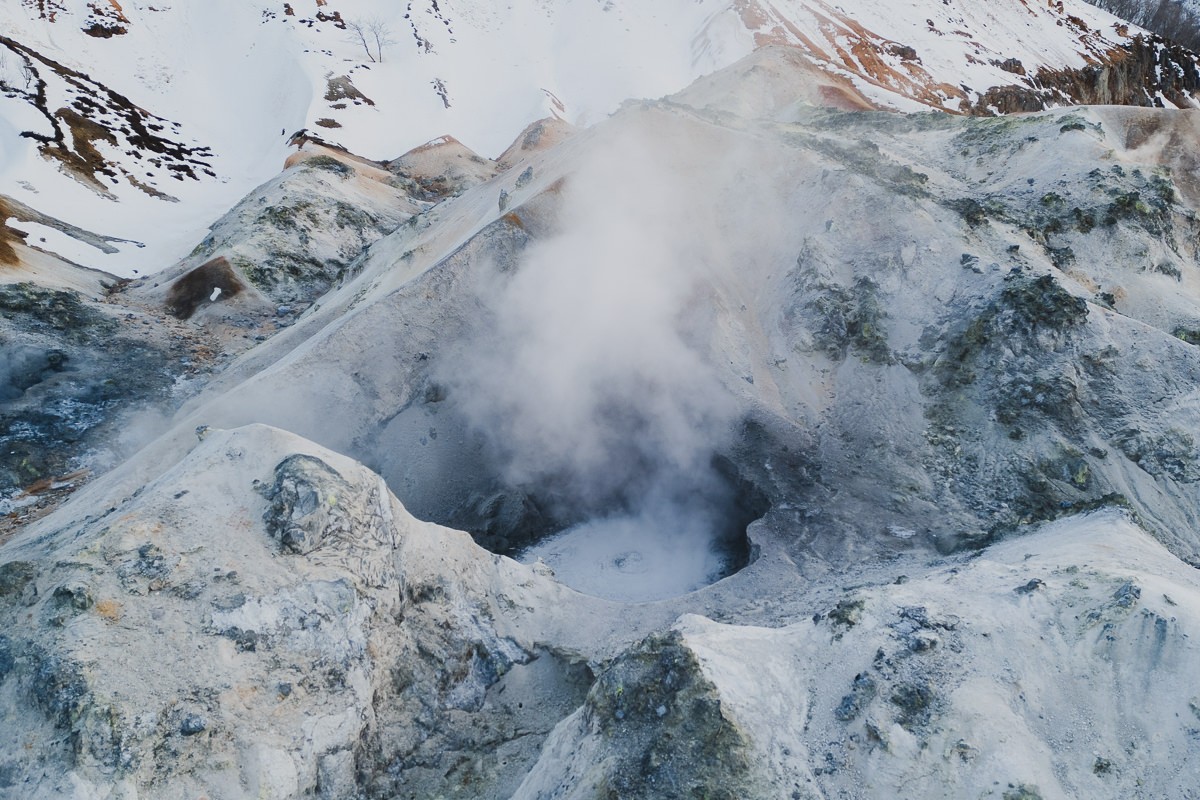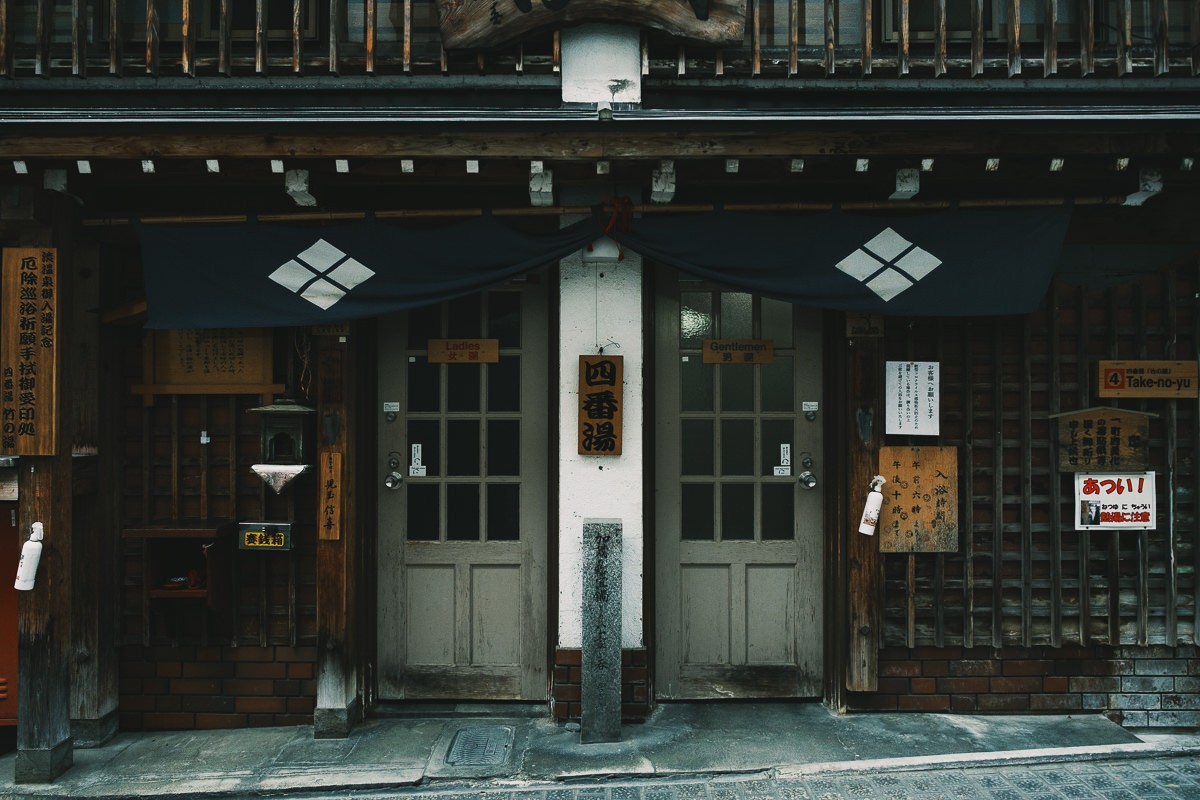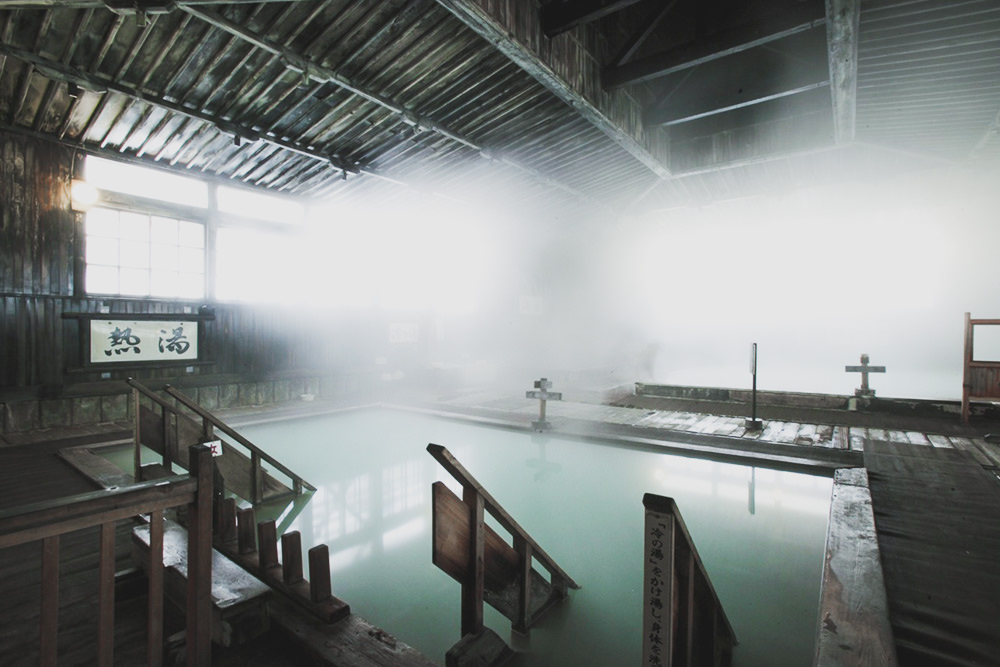Regional Showdown: Airalo Vs Ubigi — Best eSIM In Japan 2024?
Regional Showdown: Airalo Vs Ubigi — Best eSIM In Japan 2024?
In the traveler’s never-ending battle to stay connected while wandering the globe— eSIM are have begun to replace physical SIM cards.
No longer do you need to swap out easy-to-misplace SIM cards when hopping from one country to the next. Activating a local eSIM is as easy as selecting a plan and paying. But the whole world is not quite there yet. In many parts of Asia, I still opt for a physical SIM card with cheaper local pre-paid plans.
Japan is a different story. As a frequent traveler to the country, I’ve created simple guide for all your SIM options – and the eSIM is what I use.
In this arena, Airalo and Ubigi are the two main providers. I’ve put together an in-depth head-to-head guide to help you choose. I’ve used both Airalo and Ubigi and there are cases to be argued for either side depending on what your trip looks like.
Let’s dive into these main battle areas:
- Data Plans and Pricing
- Coverage and Connectivity
- Ease of Setup
Data Plans and Pricing
Airalo focuses mainly on one-off purchases with a specific trip durations while Ubigi also offers recurring and annual plans. Both providers also offer Japan, Asia, and Global eSIMs. For the sake of simplicity, I’ll focus on their one-off plans for Japan only.
Airalo offers 6 plans with durations of 7, 15, and 30 days and data packages of 1GB, 2GB, 3GB, 5GB, 10GB and 20GB. Neither offer unlimited packages.
Airalo offers a sign-up and referral bonus. Save this code KIEN0079 when signing up to receive $3 off any plan.
1GB valid for 7 days: $4.50
2GB valid for 15 days: $6.50
3GB valid for 30 days: $8.50
5GB valid for 30 days: $11.50
10GB valid for 30 days: $18.00
20GB valid for 30 days: $26.00
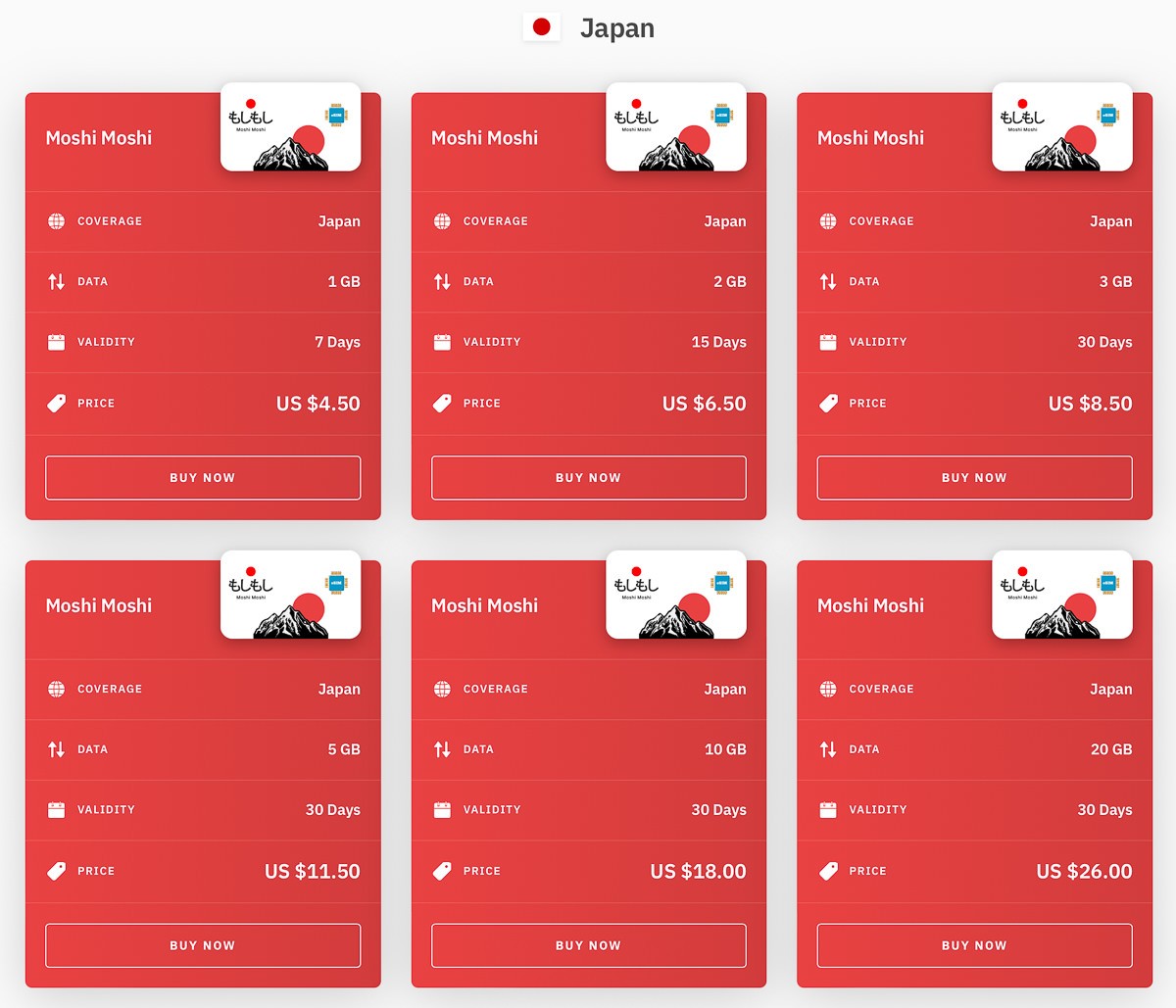
Ubigi offers 4 simple plans with options for 1GB, 3GB, 10GB, and 50GB. They all all valid for 30 days. There is an additional option for 500MB valid for 1 day.
Ubigi offers a sign up and referral bonus. SAVE THIS code 184BKGAW to receive 20% off any plan.
500MB valid 1 day: $2.50
1GB valid 30 days: $4
3GB valid 30 days: $8
10GB valid for 30 days: $17
50GB valid for 30 days: $69
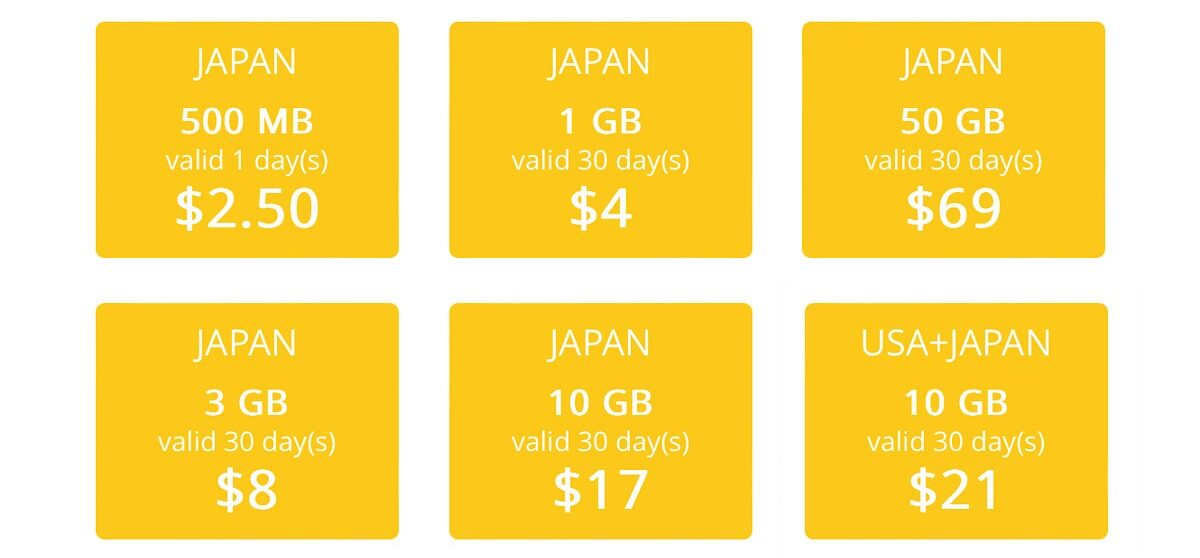
Winner: Draw. Ubigi plans are just slightly cheaper than comparable Airalo plans, but Airalo offers more options for shorter trips.
Coverage & Connectivity
Airalo: Airalo’s Japanese eSIM uses the SoftBank network, which is one of Japan’s top mobile networks. This means excellent coverage across both urban and most rural areas. Users generally report reliable service and strong signal strength, making it a dependable choice for those venturing into both beaten and off-beaten paths.
Ubigi: Ubigi, on the other hand, taps into NTT DOCOMO’s network. DOCOMO is renowned for its comprehensive coverage that slightly edges out competitors, especially in remote areas where maintaining a connection can be challenging. This makes Ubigi a slight frontrunner for adventurers looking to go deep into the heart of Japan.
Winner: I’ve found Ubigi to be slightly better overall for the wider coverage, especially when traveling in more rural areas.

Coverage in Honshu and Hokkaido
Honshu:
Airalo: Using the SoftBank network, Airalo provides strong coverage in Honshu, which is home to major cities like Tokyo, Kyoto, and Osaka. In these metropolitan areas, connectivity is excellent, making it ideal for travelers who need reliable internet for navigation, streaming, and uploading content.
Ubigi: With NTT DOCOMO as its backbone, Ubigi excels in coverage, not just in urban centers but also in more rural areas of Honshu. This includes places like the mountainous regions of Chubu and the remote temples in Kansai’s countryside, where maintaining a stable connection is more challenging.
Hokkaido:
Airalo: While Airalo still offers good coverage in major cities like Sapporo and Hakodate on Hokkaido, its performance can be slightly less reliable in the region’s vast rural landscapes, which are known for their natural beauty but challenging cellular conditions.
Ubigi: NTT DOCOMO’s network strength really comes into play in Hokkaido. Given the island’s sparse population and remote nature, Ubigi’s robust network ensures better connectivity in off-the-grid locations, which is a boon for adventurers exploring its national parks and ski resorts. I had no problems with connectivity even when visiting onsen resorts in the mountains.

Winner: For Honshu, both providers are competent, but Ubigi’s edge in rural coverage makes it a more versatile choice for those exploring beyond city limits. If you are staying mainly in Tokyo, Osaka, and Kyoto, Airalo’s connectivity is slightly superior.
In Hokkaido, Ubigi’s superior rural connectivity makes it the recommended choice for travelers who prioritize uninterrupted internet access as they roam. I specifically chose Ubigi for my trip to Hokkaido knowing I would be traveling out to more remote areas. If you’re staying in bigger cities, Airalo is more reliable.
Coverage in Japan’s Top 5 Tourist Destinations
Tokyo:
Both Airalo and Ubigi offer excellent coverage in Tokyo. The city’s well-developed infrastructure means you’re unlikely to face connectivity issues with either provider. Edge to Airalo.
Kyoto:
In Kyoto, both networks perform well, especially in the city and around major tourist spots. Ubigi might have a slight advantage in more secluded areas like Arashiyama’s bamboo forest or Fushimi Inari’s mountain trails, but coverage is better in Kyoto proper with Airalo.
Osaka:
Osaka’s urban environment is well-covered by both networks. You can rely on either Airalo or Ubigi for streaming and heavy data use while exploring Dotonbori or Universal Studios Japan. Slight edge to Airalo.
Nara:
While both providers offer good coverage in Nara, Ubigi’s reliance on NTT DOCOMO might give it an edge, particularly in less urbanized parts of the park where you might wander off to see temples and deer.
Hakone:
Known for its scenic vistas and outdoor attractions, Hakone benefits from Ubigi’s stronger rural network. If you’re planning to visit the Hakone Open Air Museum or enjoy views of Mount Fuji, Ubigi’s service is likely to be more reliable.
Winner: If you are sticking to the main tourist destinations, both Ubigi and Airalo will work well. However, the NTT DOCOMO networks often connects better in rural areas, so the edge goes to Ubigi if you’re going more remote. If you’re staying more urban, I prefer Airalo.
Ease of Setup
Airalo: Airalo’s setup is as easy as downloading the app, and selecting the “Japan” eSIM, and following a few quick steps to get it activated. Within minutes, you will be automatically connected.
TIP: Before you start, make sure your phone is carrier-unlocked. Airalo has a list of all currently supported devices you should check out before you start.
NOTE: You will need to be connected to the internet to download and purchase your eSIM.
Ubigi has an easy one time eSIM setup when you first install the app. All purchased data plans will work from that eSIM. If you are already in Japan, the app will recognize your location and bring up all plans in Japan. If you are purchasing from a different location, just simply select “Japan” from the list of destinations to bring up all the Japan plans.
After installation, the app will guide you to add and connect to the Ubigi network and install your free eSIM.
From there, you can “Add Data Plan” and select from the different plan options. Your plan will activate automatically as soon as you make the purchase.
TIP: Before you start, make sure your phone is carrier-unlocked. Ubigi has a list of all currently supported devices you should check out before you start.
NOTE: Once you’ve installed your Ubigi eSIM, you can connect to their network even with data. This means that you can purchase a plan even when you’re not connected to WIFI or a cellular network.
Winner: Slight edge to Ubigi. Both Airalo and Ubigi have a painless installation process. Ubigi has an edge because after your initial download of the eSIM, you can purchase plans in any country without being connected to WIFI or a different cellular network. Airalo however is a more global brand and is trusted by more travelers in general.
Last Thoughts And My Choice
I usually visit Japan for 1-2 weeks. 10GB is usually enough for comfortable browsing without heavy streaming. Despite Ubigi offering only 30 day plans, I don’t mind going with them when there’s a discount or promotion. Overall, I’d gone with Airalo more times than Ubigi and I haven’t been disappointed.
If you only visiting Japan for under a week, Airalo will offer cheaper options for those who do not need to use a lot of data.
Remember to use code KIEN0079 to get $3 off any plan with Airalo and code 184BKGAW to get 20% off any plan with Ubigi.
Be sure to check out my other guides for Japan if you want my curated recommendations and straightforward advice for visiting one of my favorite destinations in the world. For some inspirations, check out my never ending bucket list.
If you’re looking for more travel inspirations, scroll through some of the 450+ experiences on my bucket list. Maybe you’ll find your next adventure on there.
How You Can Help
When you make a purchase using these links, you’ll help support this site at no cost to you.
| Booking.com | Agoda.com |
| Amazon.com | Klook.com |
| Viator.com | GetYourGuide.com |
Updated on June 30, 2024

